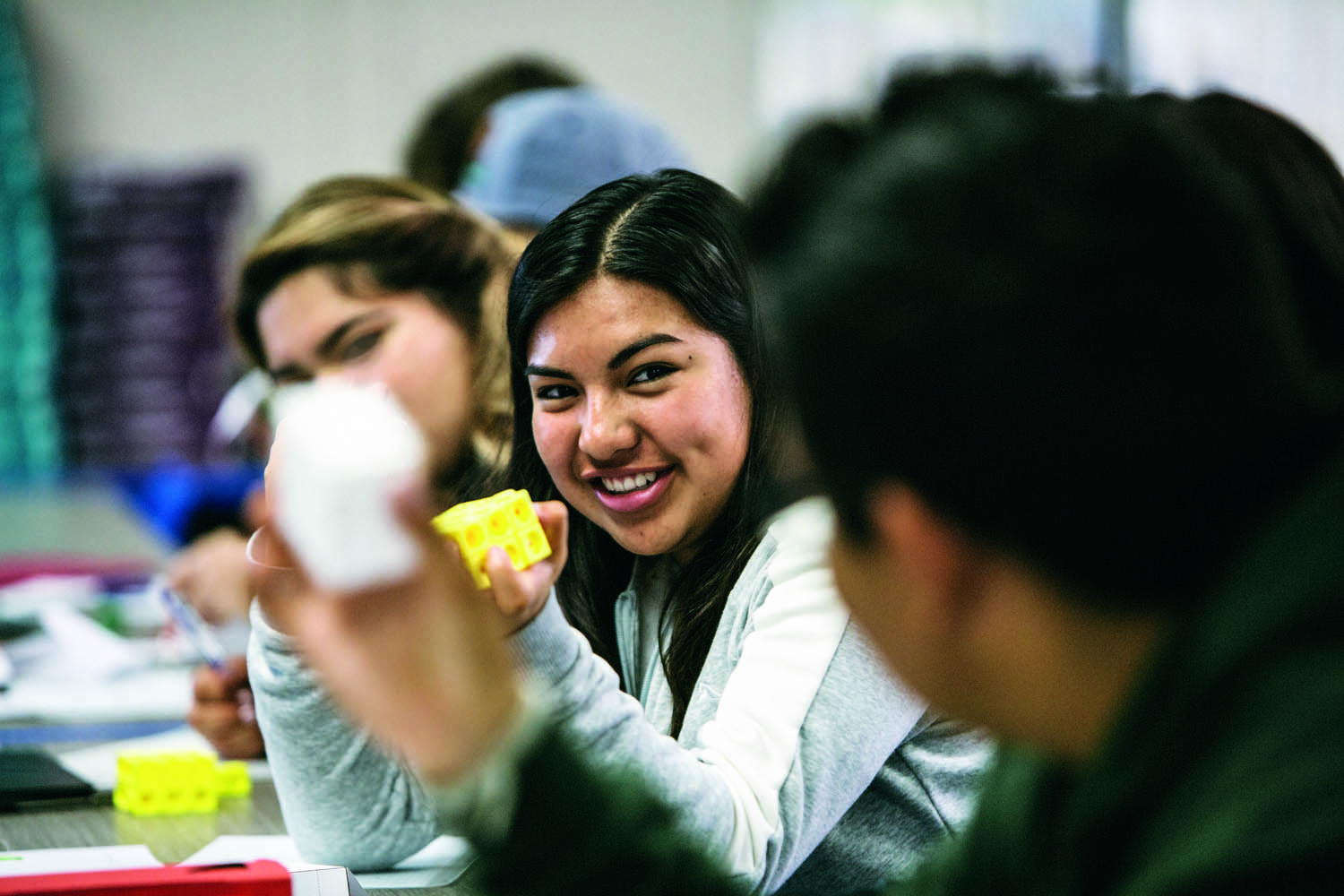13 Teacher Tips For Building Student Voice and Agency
Giving students a voice in their education and the freedom to drive their learning is crucial when rethinking high school. Here are 13 tips to help your students gain agency in your classroom.

Elevating student voice means placing young people at the center of their education–involving them in decisions and treating them as equal stakeholders, according to the student-run nonprofit, Student Voice. When done well, the benefits for students and teachers alike can be enormous: students are more invested in their education, and schools can be more successful in creating programs and policies that engage students and put them on a path to success.
As part of our ongoing “How-To” series, here are 13 tips from a pair of XQ teachers on building students’ identities as learners and helping develop their capacity for student leadership, agency, and autonomy.
By Dustin Hensley, library media specialist at Elizabethton High School, and Jessica Salcedo, Circulos coordinator at advanced learning academy
- Shift student mindset. In traditional academic settings, students learn how to play the game of school instead of focusing on personal growth and development. Students may need help understanding the difference.
- Understand self in context. Before students can develop autonomy, they must first understand who they are as individuals, in a group, in their community, and in the world.
- Develop a shared vision of success. Work alongside every student to discover and set short-term and long-term goals, and help develop a roadmap to accomplish them.
- Keep a safe distance. Give students the freedom to fail as they build capacity for agency and autonomy, but also be close enough to provide a safety net and confidence to fail forward.
- Provide opportunities for students to advocate for themselves. This can be as simple as providing options to demonstrate understanding, to providing opportunities for student voice in school-level decisions.
- Build in frequent opportunities for students to reflect and think about their thinking.
- Give opportunities for students to voice their thoughts, and express themselves in writing and speaking.
- Allow students to work out their thoughts by expressing them often, listening to others, adding to others’ ideas, and adjusting their own as they learn.
- Create goal structures that include mentoring and accountability.
- Scaffold flexible learning opportunities for students to practice setting and meeting their goals. Remember: choice by itself is not effective unless students develop the “capacity to choose” what best meets their personal learning needs and goals.
- Teach students how to access what they are looking for and pursue their own questions.
- Prioritize critical thinking and problem-solving over getting an answer right or wrong.
- Encourage participation among all students. Don’t engage in teaching strategies that allow students to be passive.
Do you have tips you’d like to add to this list? Share with XQ on social media using #ReThinkHighSchool. We’d love to hear your insights!
Join our team of XQ guest bloggers! Share your tips, advice, insights, and experiences on rethinking high school. Check out this form for details.









